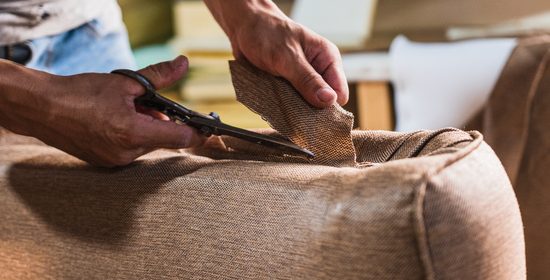Reinvigorating Your Seating: Reasons for Replacing Cushion Foam

Seat cushions are among those things that most people will never notice, yet they make your house warm and a great place to live in. The frequent use of the foam may make it wear down over a period of time, making the cushions less comfortable and less attractive in appearance. Renewing the seat cushion foam is among the simplest ways through which you can add comfort and give your cushions an improved look that can last longer. This article identifies the main reasons why renewing seat cushion foam is one of the best decisions that you can make regarding indoor and outdoor furniture.
One important advantage of replacing cushion foam is gaining better comfort. The more the feather is aging, the more it loses resilience and turns into a mismatched and deflated piece that generally reduces the support and comfort you are getting from the cushion. Worn and tired cushions no longer fit the body snugly; sometimes a prescription for discomfort and possibly even pain. Companies like The Foam Factory can greatly improve that by replacing old foam with high-quality alternatives. With good quality foam, you get just the right amount of support versus softness, with cushioning that makes it last through much of its life in comfort and support.
Besides comfort, your cushion state speaks volumes about your house. Sagging, deformed cushions make your furniture look shabby and uninviting. Replacing the foam will go a long way in restoring a fresh, appealing look to your seating. You can give them a whole new look as you select new cushion covers in colors and patterns that will complement your décor once you’ve updated the foam. This simple renovation can revive the look of your furniture and increase the aesthetic appeal of your lounging area. Although this can tend to get pretty costly over time, replacing an entire cushion on a regular basis involves too much work. Therefore, replacing your cushions with high-quality foam will quadruple the longevity of those cushions in an instant. In particular, high-density foam is acknowledged for its resilience and long-lasting comfort, where cushions maintain their shape and supportiveness over time. As a matter of fact, with a higher quality replacement of foam, you are saving yourself money in the future when you won’t have to replace your cushions quite as often.
In addition, quality foam has a much slower disintegration rate, thus allowing your cushions to retain their shape and functionality longer. Regarding seat cushion foam replacement, it is necessary to choose the correct type. You will want to look at the type’s density, firmness, and durability, in particular. A high-density type of foam is generally expected for seat cushions because it can provide ideal support and comfort. On the other hand, the grade of firmness will influence how cushions feel when you sit on them; choose based on that.
Conclusion
Basically, seat cushion foam replacement does the magic to upgrade your seating. Replacing your seat cushion foam makes all the sense for renewing your indoor furniture from worn out to new, or bringing life into outdoor seating. It gives you not only an extra boost of comfort but also adds beauty to your space and prolongs the life of your cushions, making every home a dream to live in. With new foam, more comfort, more attractiveness, and longer durability, one shall enjoy living in bliss together with visual appeal. Disintegration of the cushion foam degrades into discomfort and an unappealing look.
Rejuvenating the foam keeps the sitting area plush and inviting to support the body weight of the sitter and relax with minimal chances of discomfort from long sitting.

